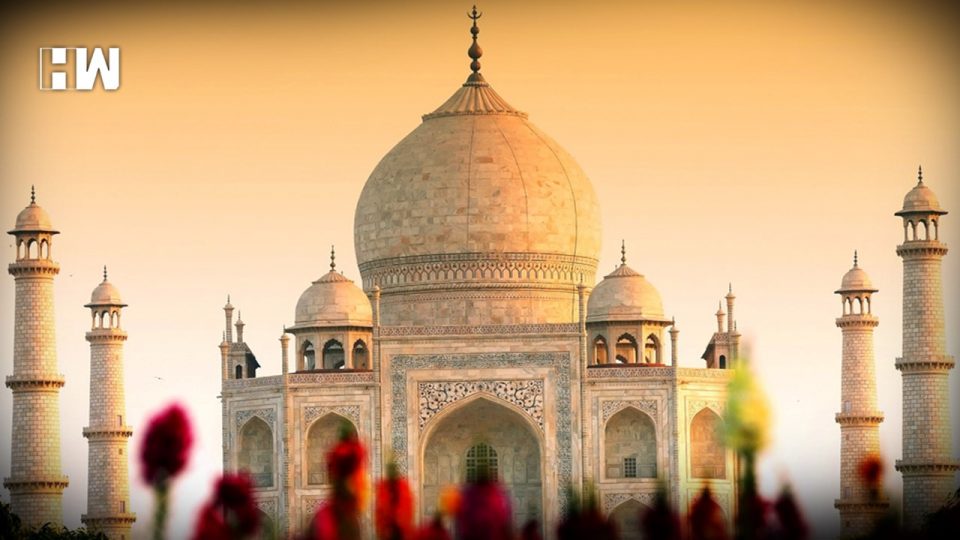The government has formed a committee comprising officials of the environment ministry, experts from NEERI, IITs and various other forums to look into the issue of industrial pollution around the iconic Taj Mahal, Union minister Nitin Gadkari said today.
The committee will be headed by C K Mishra, Secretary, Ministry of Environment, Forest and Climate Change.
A high-level inter-ministerial meeting was held here today to deliberate on the issues and action to be taken on a war footing to conserve the iconic Mughal monument, days after a rap from the Supreme Court on the issue.
The meeting mainly focused on action points needed to overcome air and water pollution in and around Taj Mahal, one of the seven wonders of the world.
The meeting was chaired by the Minister for Road Transport and Highways, Shipping and Water Resources, River Development and Ganga Rejuvenation, Nitin Gadkari and attended by Minister for Environment Forest and Climate Change Harsh Vardhan, Minister of State for Culture Mahesh Sharma and Minister of State for Water Resources, River Development and Ganga Rejuvenation, Satyapal Singh.
Uttar Pradesh Chief minister Yogi Adityanath also attended the meeting.
Later briefing the media, Gadkari said the Centre respected the apex court’s observations on Taj conservation and would take every possible step to deal with the air and water pollution in and around the famed monument.
“A committee headed by the Secretary, Ministry of Environment, Forest and Climate Change has been formed and it will study on case to case basis and take a tough stand on hazardous industries in the vicinity of the Taj Mahal,” the minister said.
To deal with air pollution, the minister said the use of biofuel, green fuel and electric vehicles would be popularised in Agra, where the iconic monument is situated.
An ‘ethanol policy’ will be introduced for Agra which will include conversion of biomass to ethanol during the crop burning season, use of ethanol auto rickshaws and the introduction of mass rapid transport system as part of ‘zero tolerance’ to pollution, he said.
On water pollution in Yamuna, the Union minister said the cleaning of the river fell under the Namami Ganga project since it was a tributary of the Ganga and several projects were already been taken up to make the river pollution-free.
He said 36 projects worth Rs 4,000 crore on the river Yamuna have been identified and it was hoped that the detailed project reports (DPRs) of the same would be completed in the next few months.
Already 11 projects have started in Delhi on the river and the tender for the 12th project will be finalised soon, the minister assured.
Some of the measures to be taken up include afforestation along the Yamuna, construction of rubber dam, solid waste management and developing a 35 km long garden along the waterfront of Yamuna in Uttar Pradesh, Haryana and Delhi, he said.
Adityanath said his government was fully committed to work closely with the central government as well as other organisations to find a solution to the problem of pollution in and around the Taj.
“Construction of rubber dam in the downstream of Yamuna and sewerage treatment plants on the river in Mathura, Vrindavan and Agra are being taken up,” he said.
Gadkari added that the government had taken a serious note on the SC observations and would file an affidavit in the apex court enumerating all the steps and actions taken up by the dispensation to conserve Taj Mahal.
Last week, the SC had come down heavily on the Centre and the Archaeological Survey of India (ASI) for not being able to protect the iconic Taj Mahal, issuing a warning that it would “shut it down” and the authorities should “demolish or restore” the Mughal structure.
The apex court also rapped the Uttar Pradesh government for failing to come out with a vision document to protect the popular monument.
As an independent media platform, we do not take advertisements from governments and corporate houses. It is you, our readers, who have supported us on our journey to do honest and unbiased journalism. Please contribute, so that we can continue to do the same in future.

